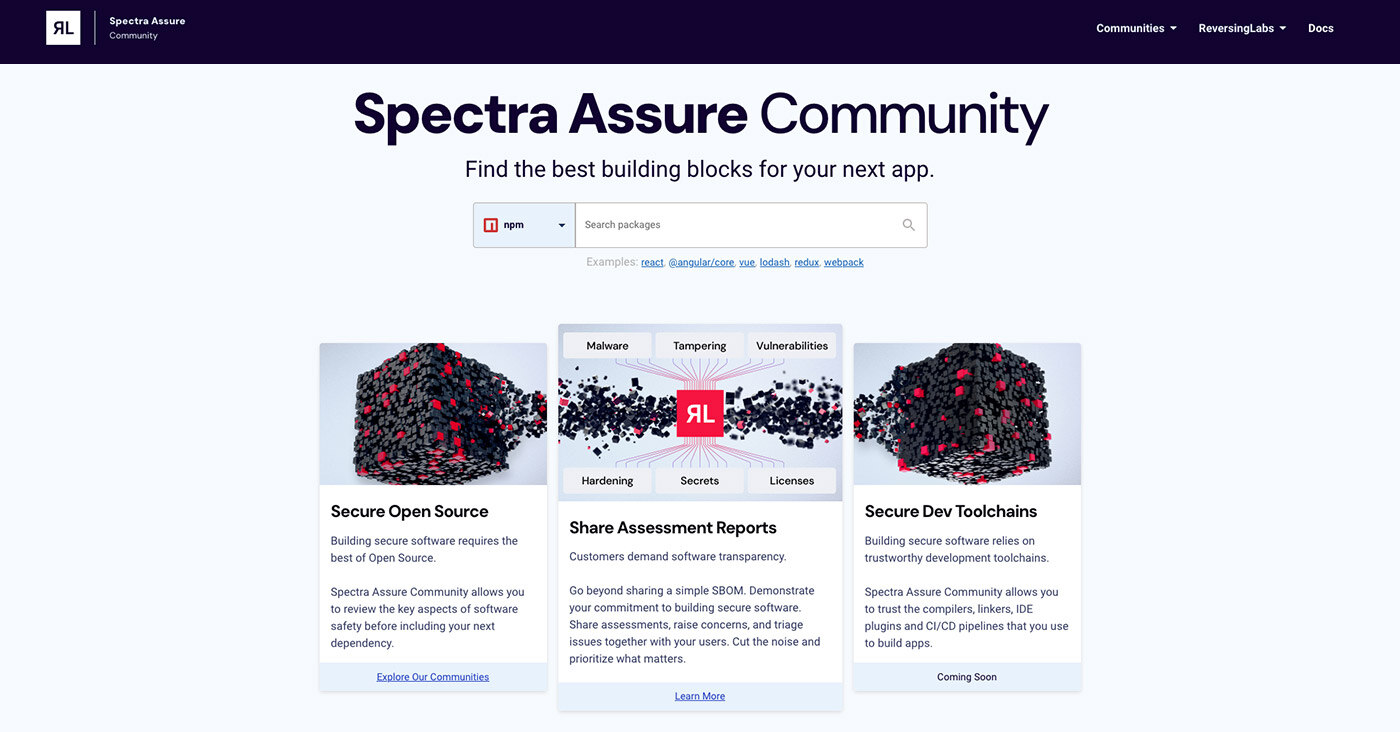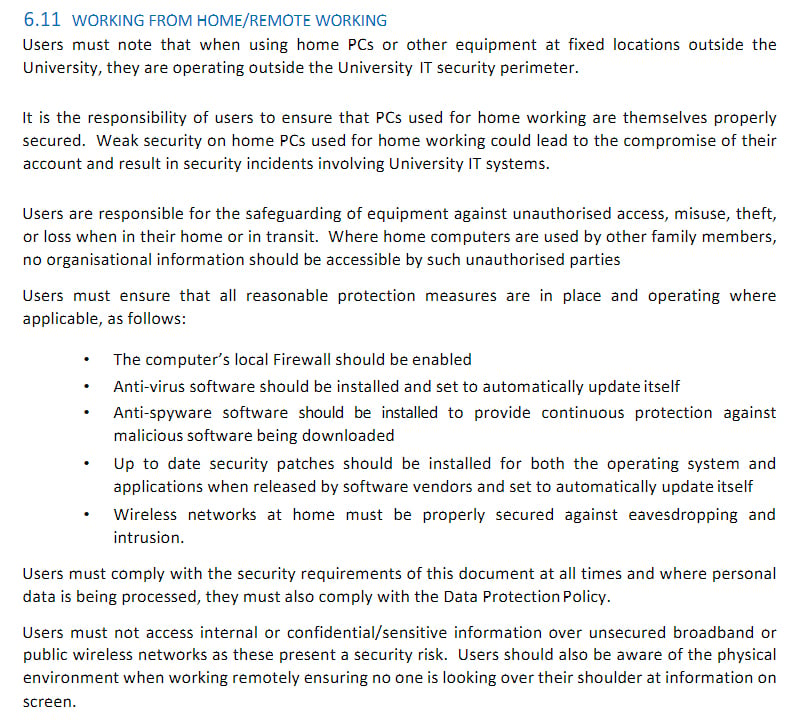
The Rising Tide of Malware in Open-Source Software: An Alarming Trend for 2024
Malware infiltrating the open-source software (OSS) ecosystem has reached unprecedented levels, as highlighted in a recent analysis from Sonatype, a leading software supply chain management firm. With over 500,000 new malicious packages identified since November 2023, it is evident that the threat landscape for developers and organizations integrating OSS components has dramatically changed. This surge in malware counts for more than 70% of the approximately 700,000 malware packages documented since 2019 in Sonatype’s annual State of the Software Supply Chain report.
 Exploring the impact of malware in OSS ecosystems
Exploring the impact of malware in OSS ecosystems
The Challenges of Managing Dependencies
As organizations increasingly rely on open-source components, the challenges they face only multiply. On average, every enterprise application utilizes at least 180 third-party components, creating a daunting task for security teams. Unfortunately, this complexity is compounded by the troubling statistic that over 80% of vulnerable application dependencies remain unpatched for more than a year, despite the availability of safer alternatives for 95% of them.
The consequences of neglecting these vulnerabilities can be severe. Take, for instance, the notorious Log4j vulnerability, known as Log4Shell. This flaw, affecting millions of applications, continues to haunt developers, with 13% of log4j downloads from the Maven Central Java repository still utilizing vulnerable versions nearly three years later.
“Managing open-source risks requires optimizing security policies and practices to keep up with the fast-paced evolution of new OSS libraries,” warns Sonatype.
Diverse Threats: From Innocuous to Malicious
The landscape of malicious packages is varied, with different types serving distinct purposes. According to Sonatype, nearly half of these malicious components are categorized as potentially unwanted applications (PUAs). These are generally benign but often install functionality that is not disclosed to users. Components such as protestware, for example, may include protest messages from developers as part of their code.
Malicious imports can lead to supply-chain compromises—around 14% of these packages are distributed via phishing techniques that utilize dependency confusion to masquerade as legitimate internal packages, with the intent to inject further malicious code into development systems. These attacks can also result in serious data breaches as 14% of malicious packages are crafted to exfiltrate sensitive information, including authentication tokens and user credentials.
 Identifying vulnerabilities across open-source libraries
Identifying vulnerabilities across open-source libraries
Inconsistent Vulnerability Reporting
Sonatype’s research further reveals that every enterprise application inherits an average of 13 critical or high-severity vulnerabilities annually from dependencies. This underscores the necessity for companies to employ automated tools to monitor both direct and transitive dependencies effectively. However, the sources of vulnerability information often prove unreliable. For example, the National Vulnerability Database (NVD) has a backlog of over 17,000 unprocessed vulnerabilities, which can lead to a disconnect in understanding actual risks.
Interestingly, more than two-thirds of vulnerabilities initially rated below 7 (on the CVSS scale) have been found to be higher after rigorous examination by security researchers. As a result, companies could be dismissing potentially serious vulnerabilities, leading to delayed remediation efforts.
Strategies for Reducing Risks
In light of this increasing threat, reducing persistent risks becomes paramount. Companies must focus on solutions that enhance the management of dependencies and support real-time vulnerability detection. One critical recommendation is the adoption of a Software Bill of Materials (SBOM) which outlines all parts of a software product, helping teams understand and manage the components they utilize.
 Implementing comprehensive security measures in software development
Implementing comprehensive security measures in software development
Conclusion
The escalating numbers of malicious packages serve as a clear indication that publishers and developers are struggling in their battle against malware. As they navigate between maintaining operational effectiveness and addressing security concerns, the onboarding of effective tools and practices to manage OSS risks remains an urgent priority. This ongoing trend reinforces the need for organizations to remain vigilant and adaptive in an ever-evolving digital environment.














